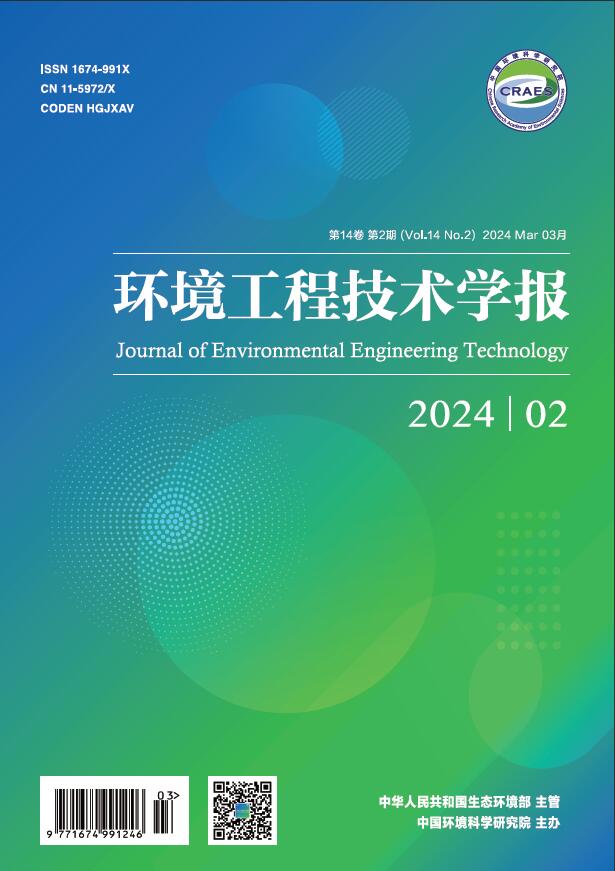2015 Vol. 5, No. 6
Display Method:
2015 Vol.5, No.6
Ecological purification efficiency of several aquatic plants on tail water of sewage treatment plant
2015, 5(6): 504-508.
doi: 10.3969/j.issn.1674-991X.2015.06.079
Abstract:
Research on Technology Conditions of Purifying Phycocyanin from Fresh Algae Using Salt Precipitation
2015, 5(6): 499-503.
doi: 10.3969/j.issn.1674-991X.2015.06.078
Abstract:
Study on Scheme Feasibility Assessment of Cleaner Production Audit in Aluminum Electrolytic Industry
2015, 5(6): 519-524.
doi: 10.3969/j.issn.1674-991X.2015.06.081
Abstract:
2015, 5(6): 525-530.
Abstract:


